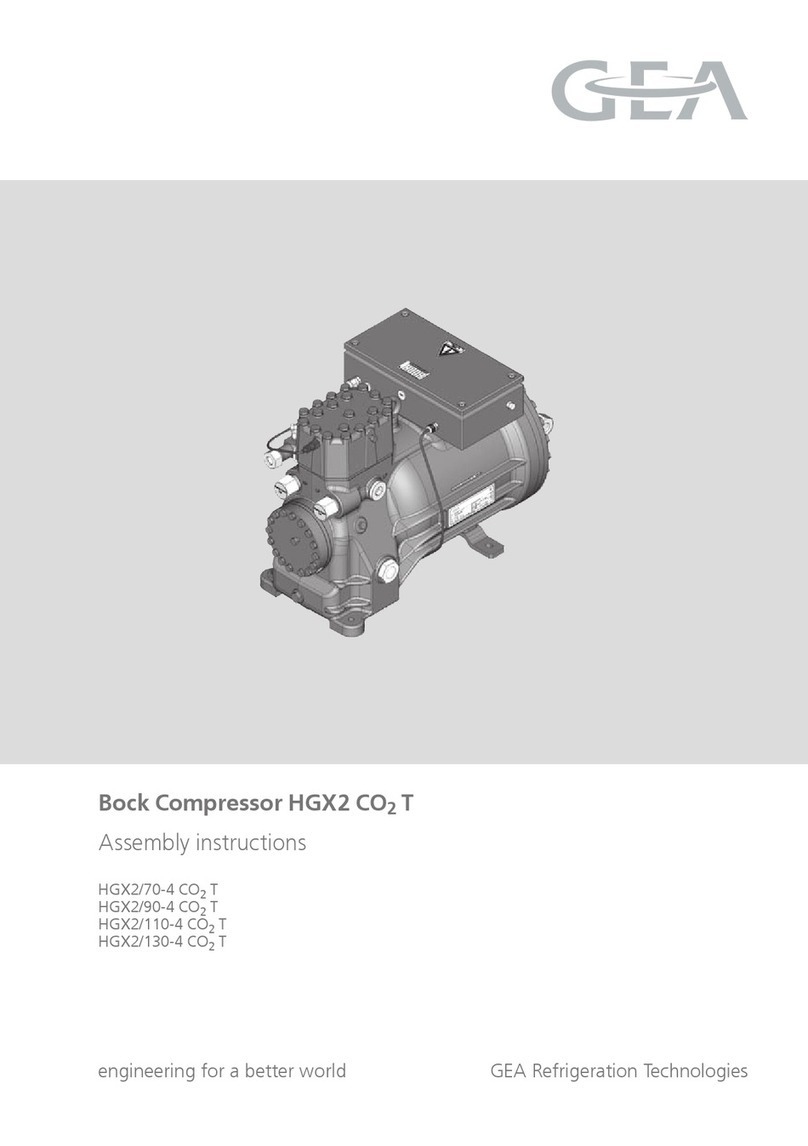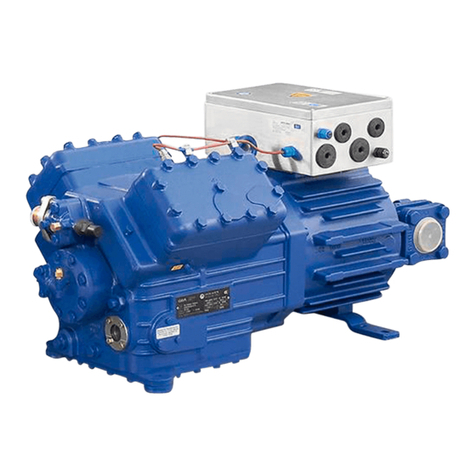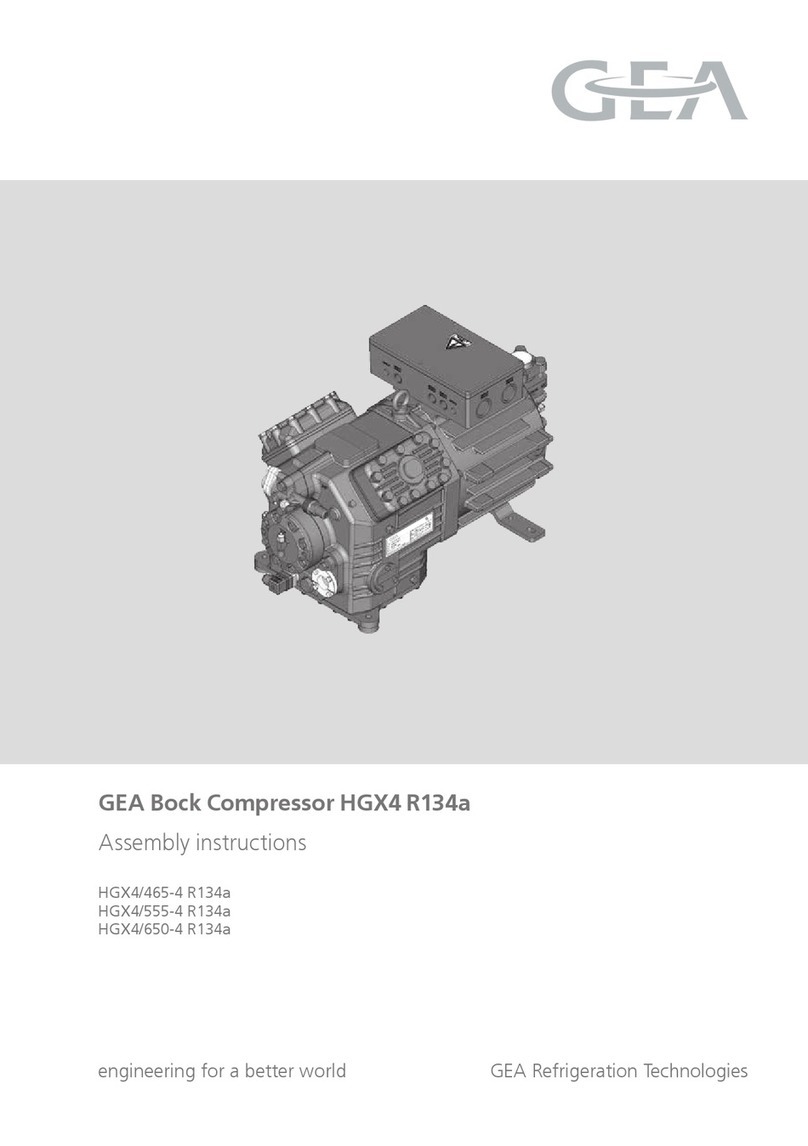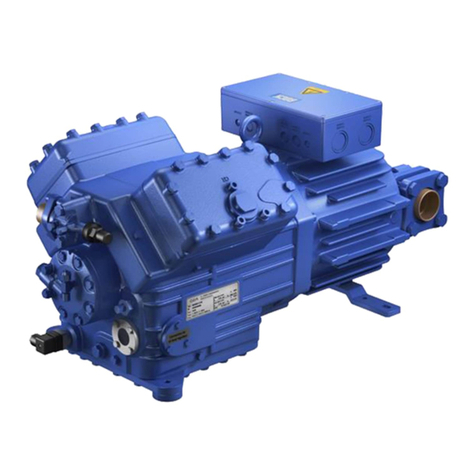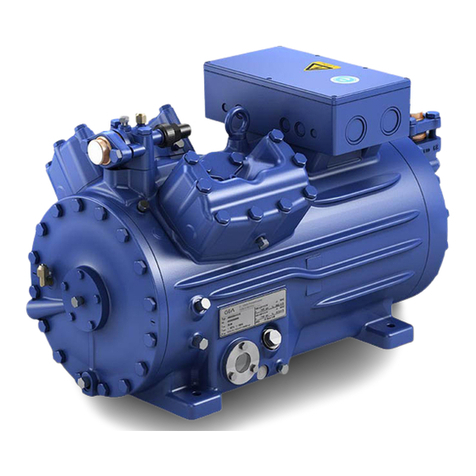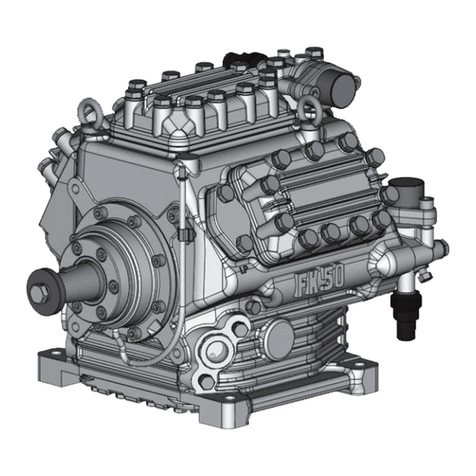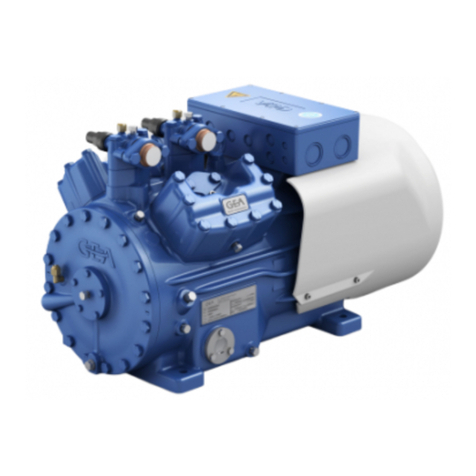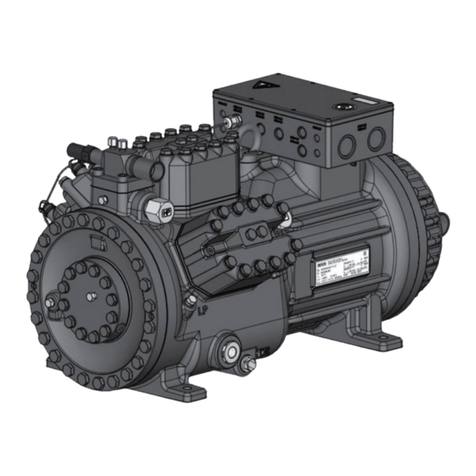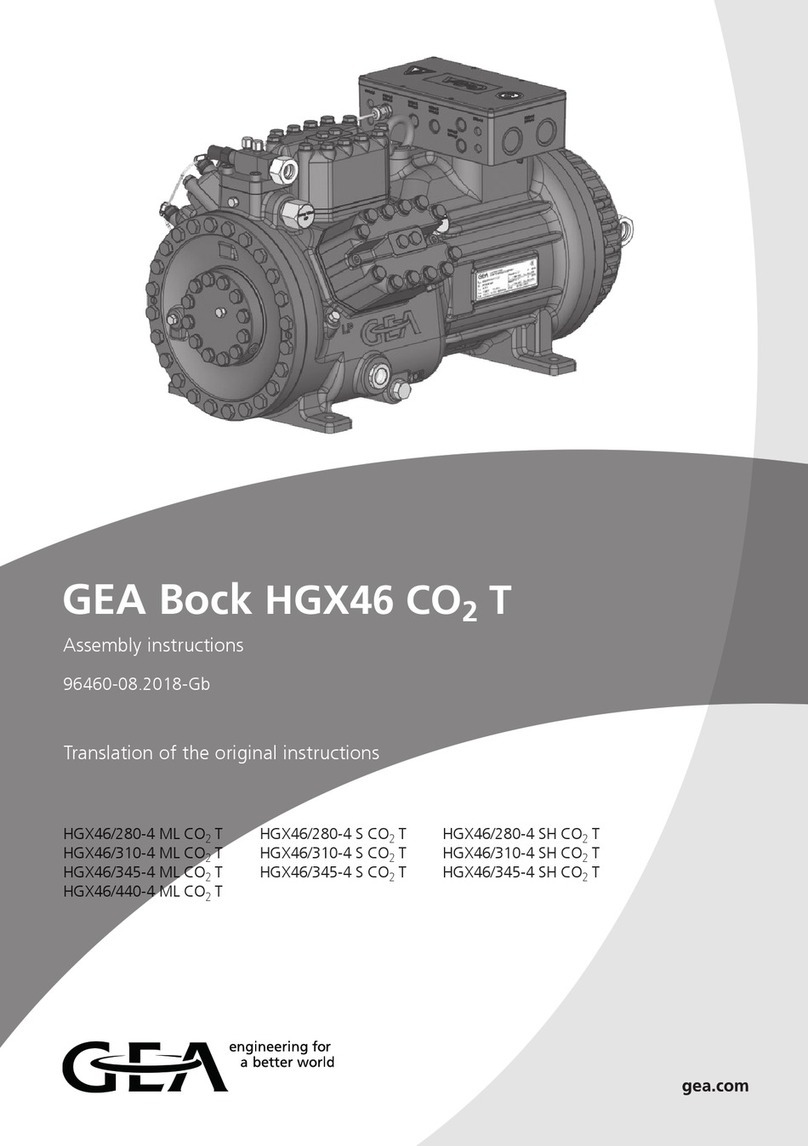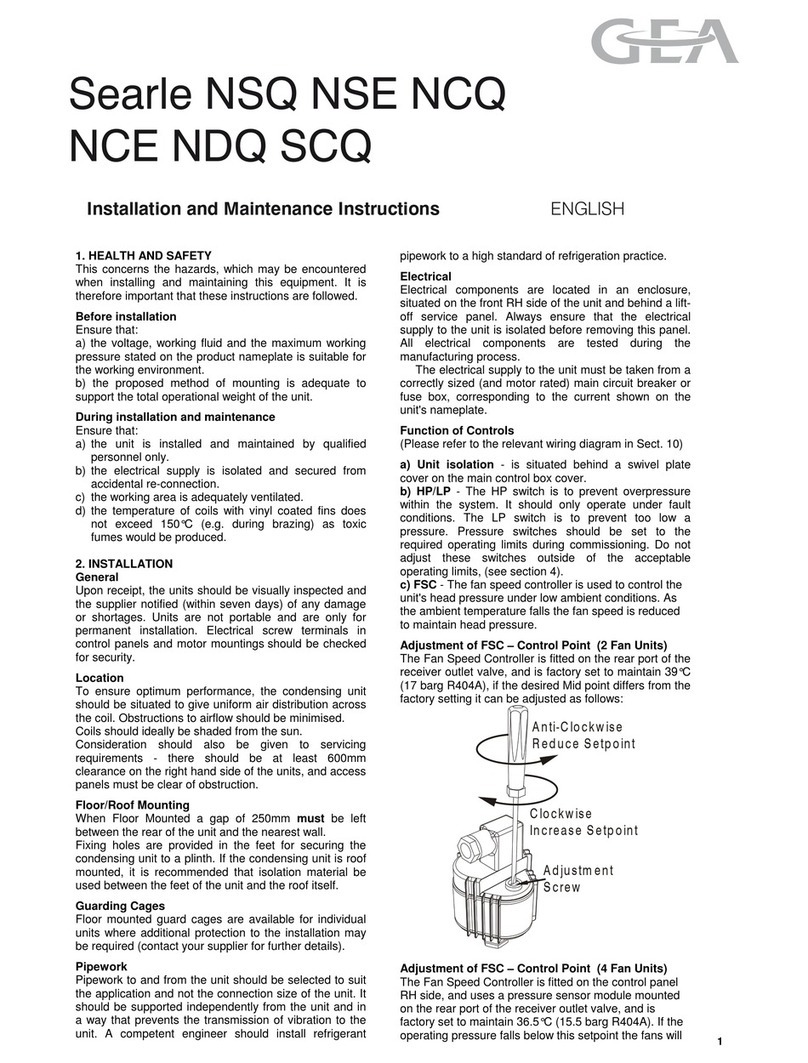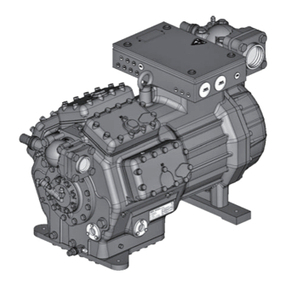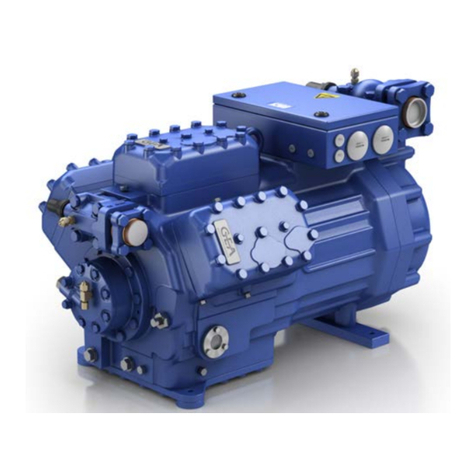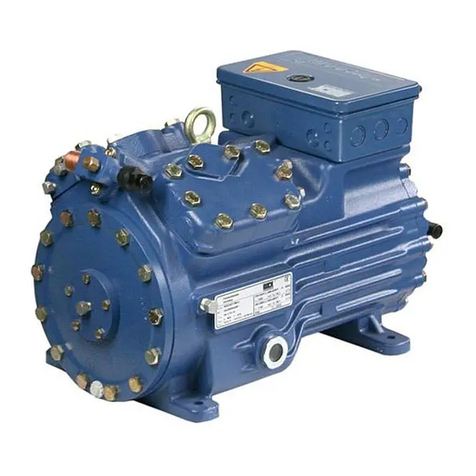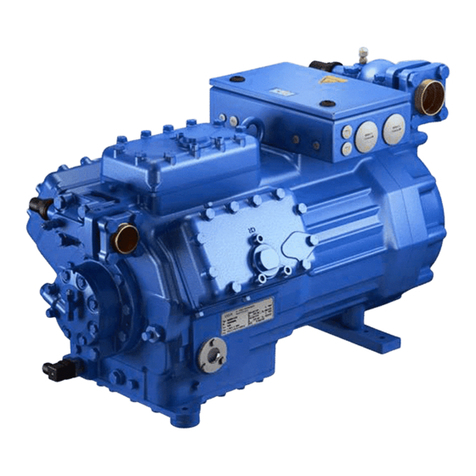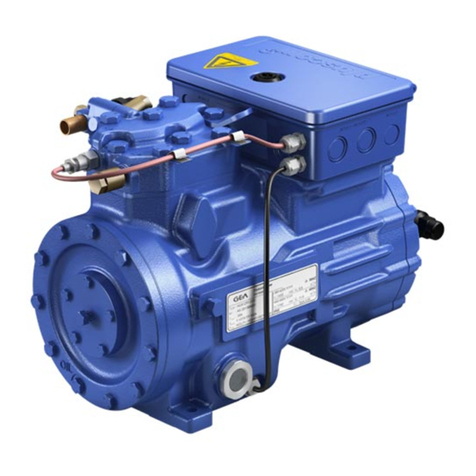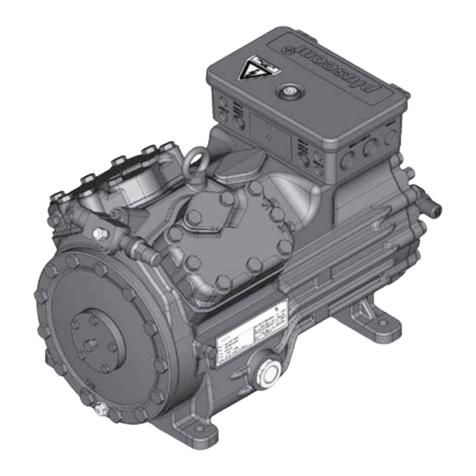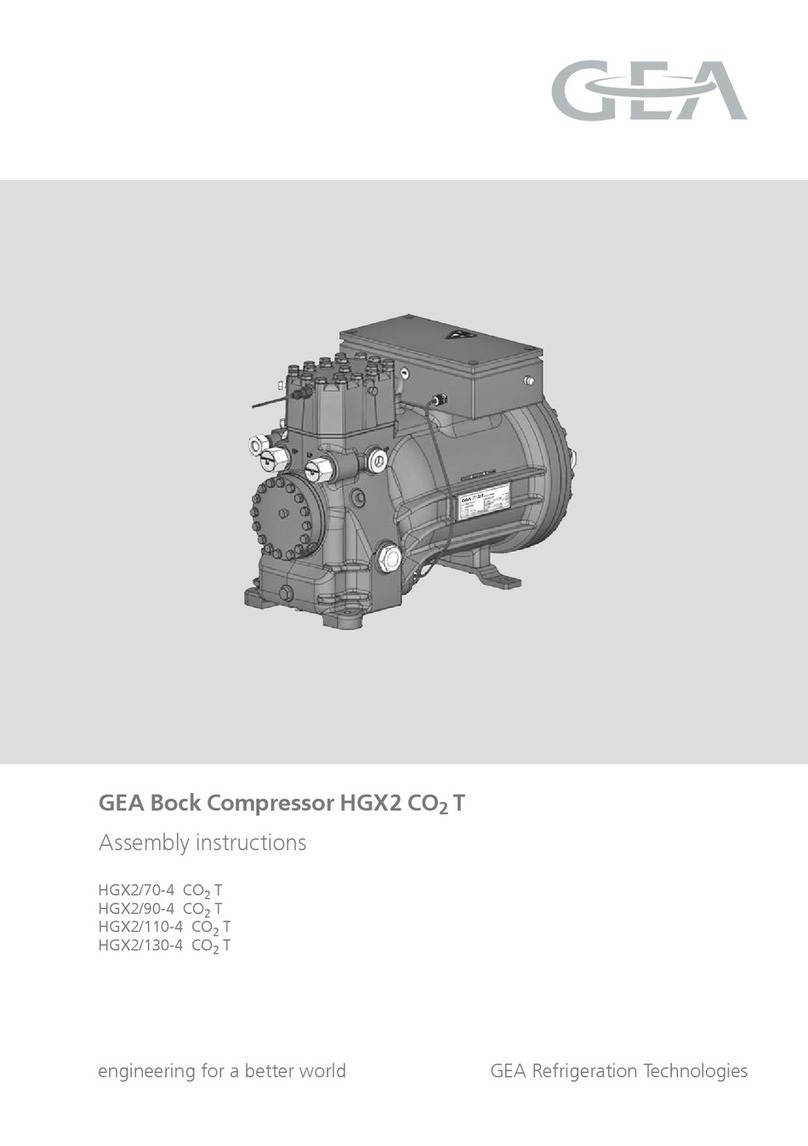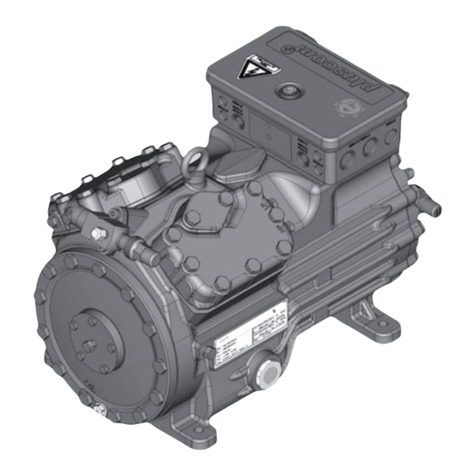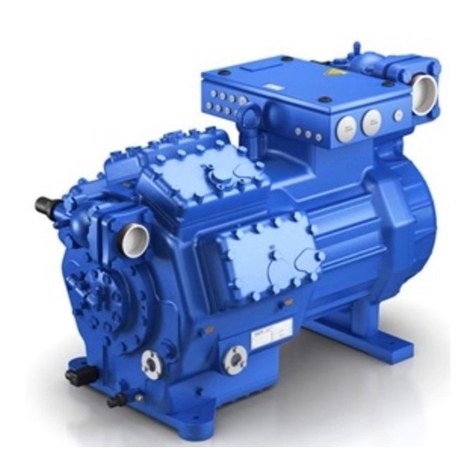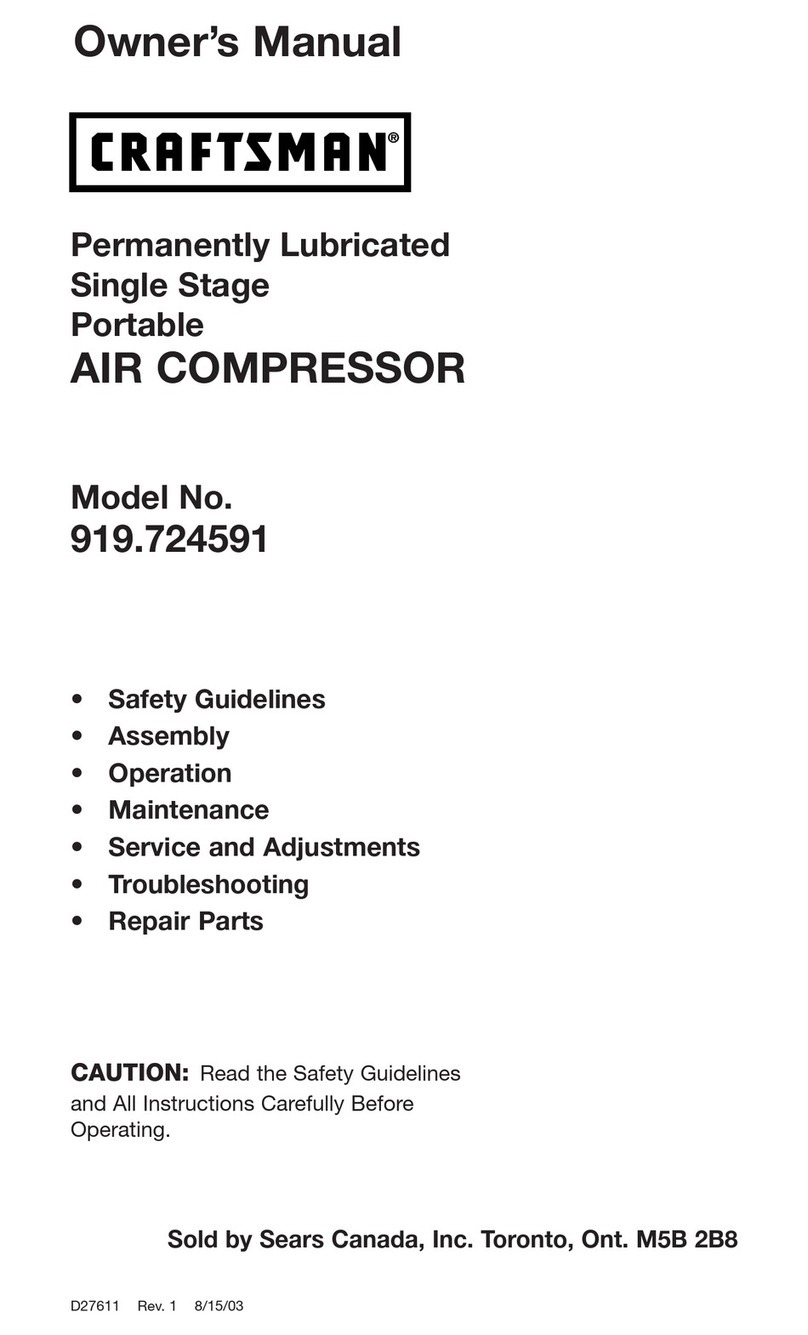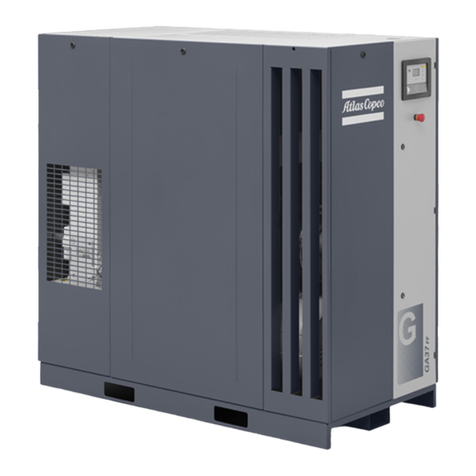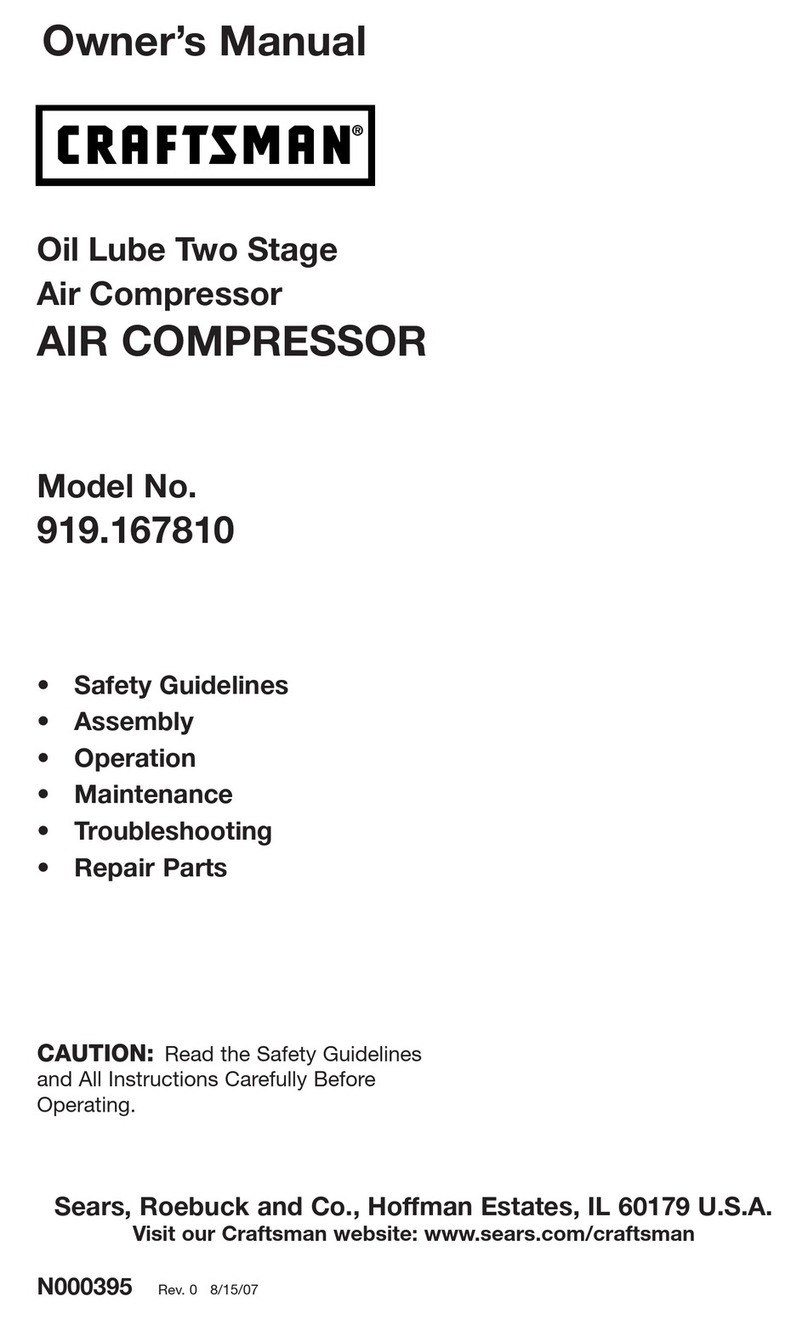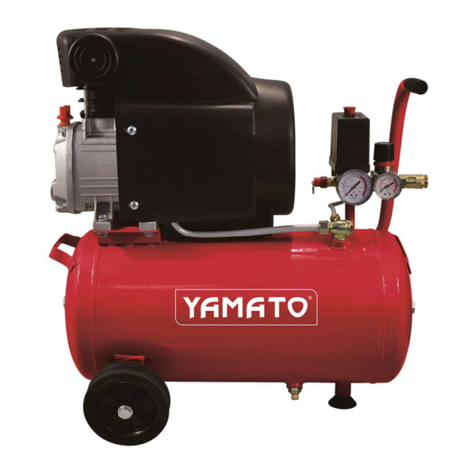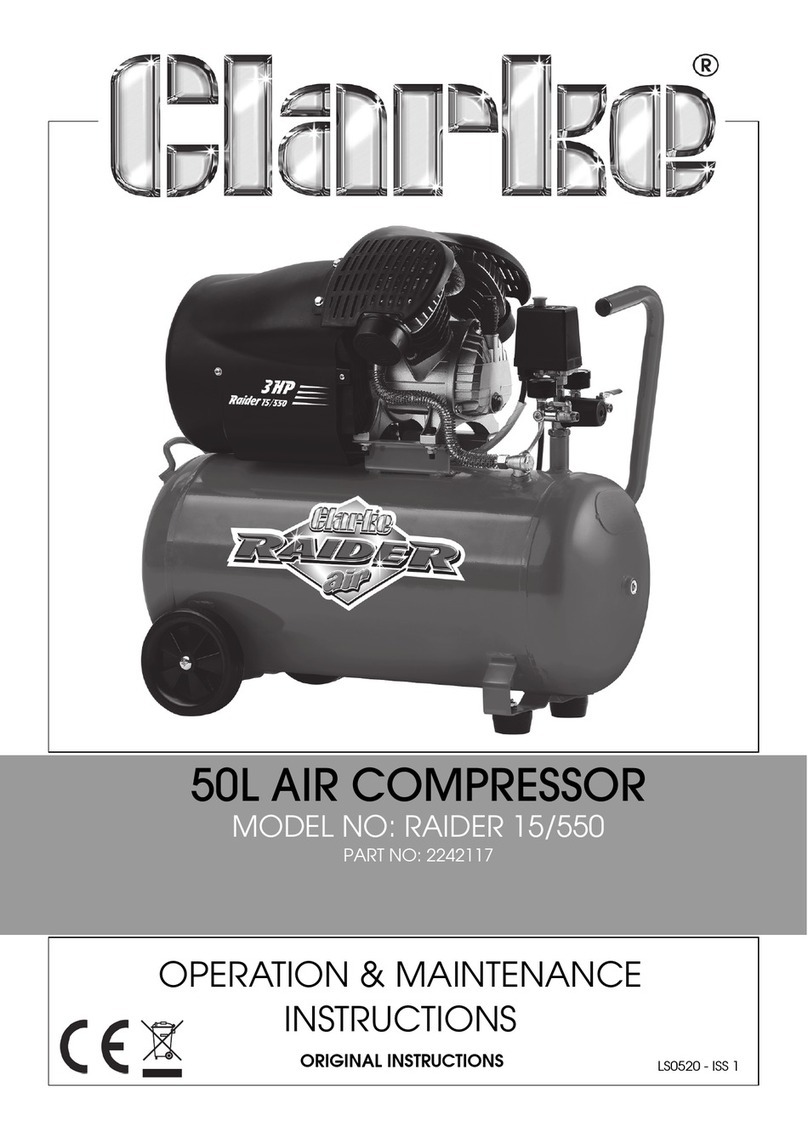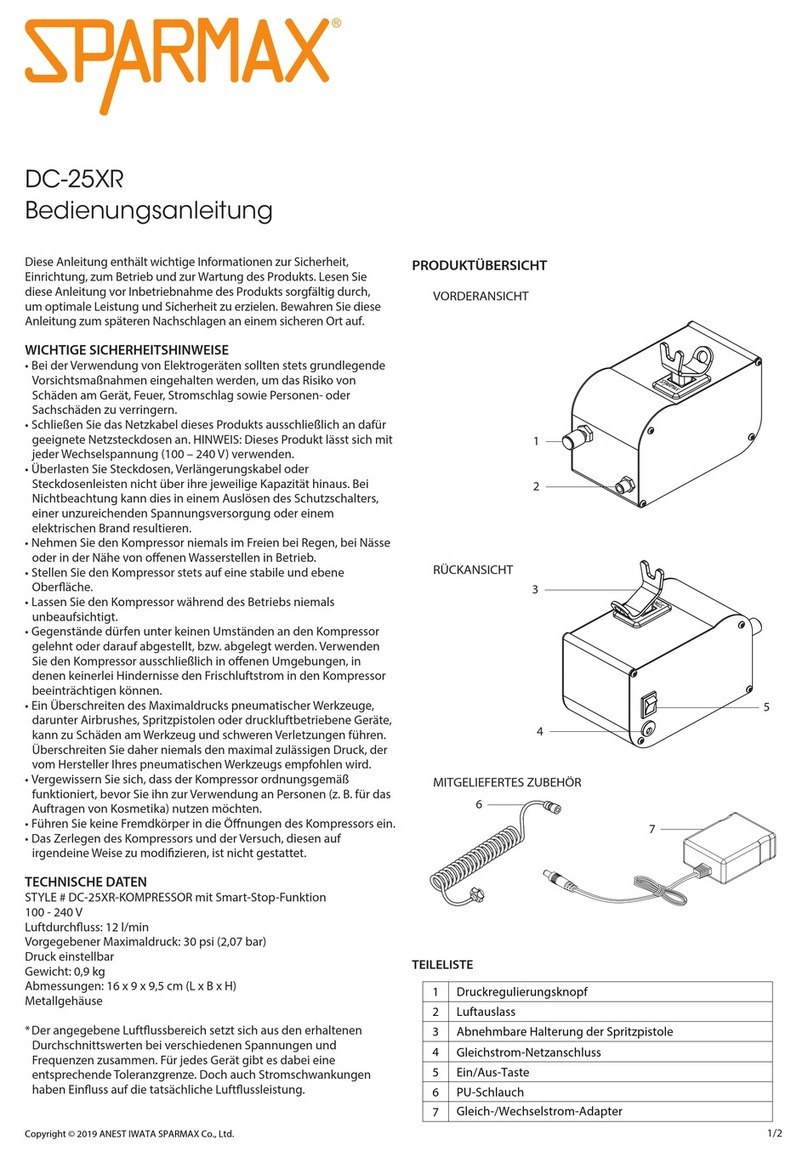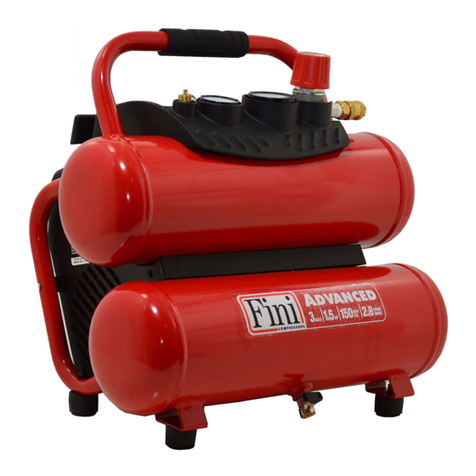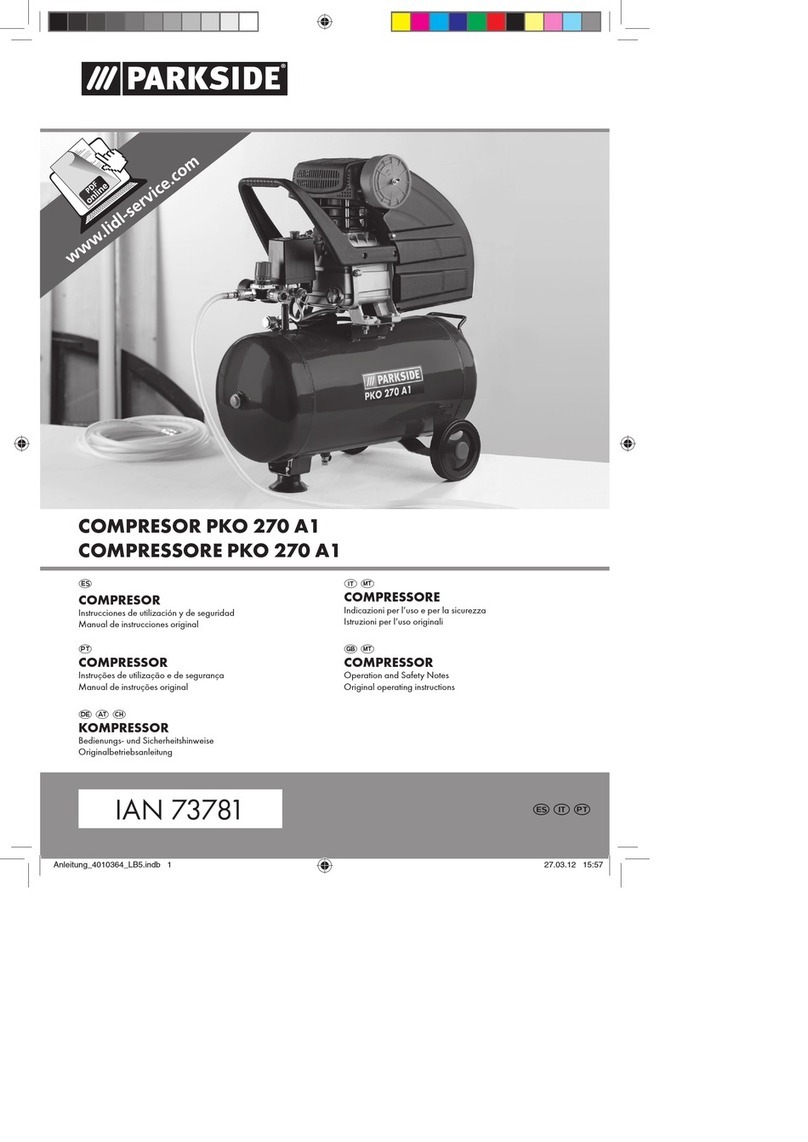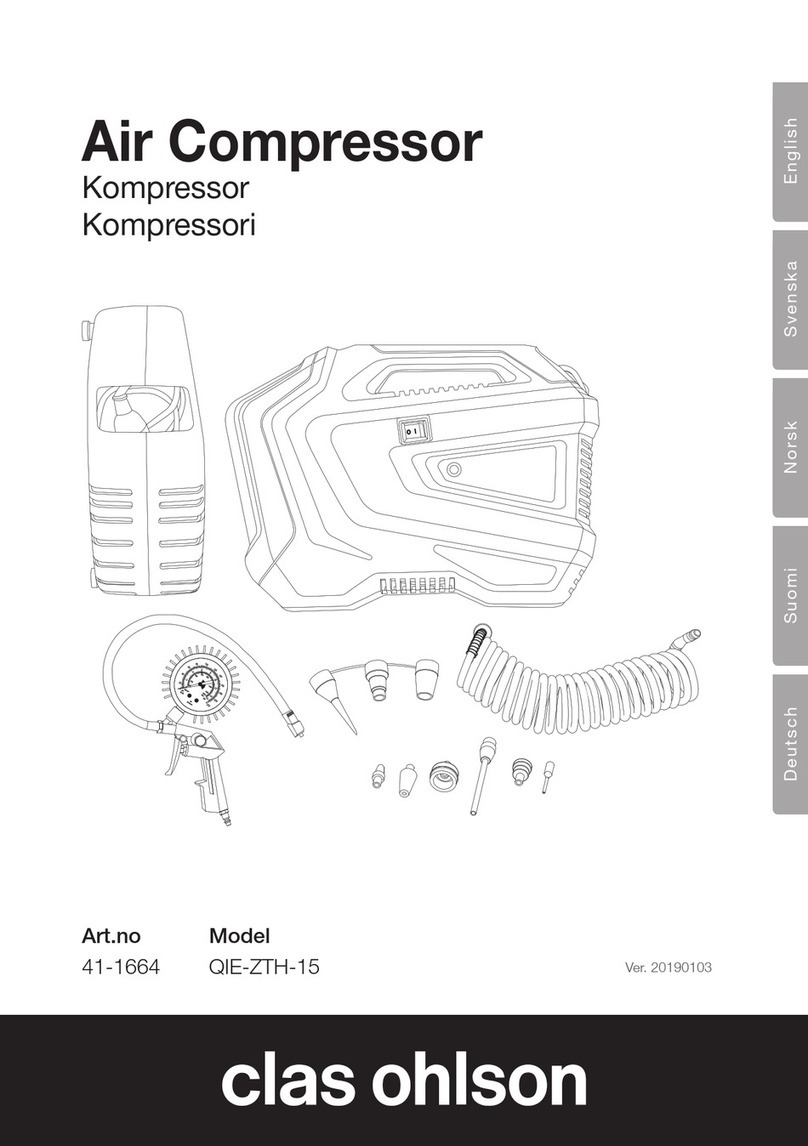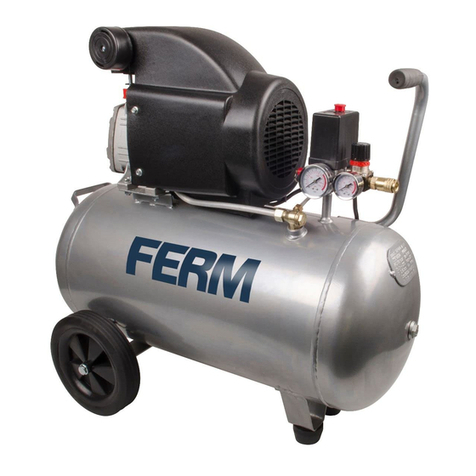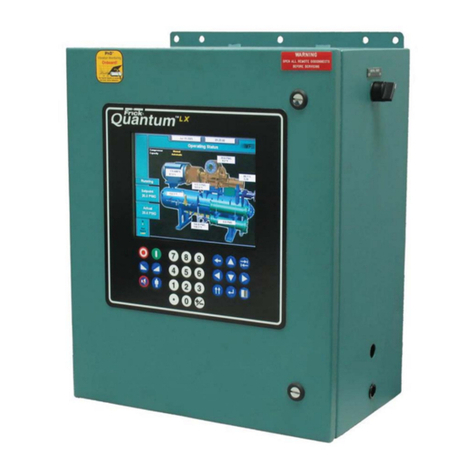
8
GB
GB
F
E
96438-02.2020-DGbRu
3|Areas of application
The compressors are lled with the following oil type at the factory:
- for R134a, R404A/R507, R407C FUCHS Reniso Triton SE 55
- for R22 FUCHS Reniso SP 46
Compressors with ester oil charge (FUCHS Reniso Triton SE 55) are marked with an X in the type
designation (e.g. FX76/2425).
3.1 Refrigerants
• HFKW / HFC: R134a, R404A/R507, R407C
• (H)FCKW / (H)CFC: R22
3.2 Oil charge
INFO For refilling, we recommend the above oil types.
Alternatives: see lubricants table, Chapter 6.4
ATTENTION The correct oil level is shown
in Figure 4.
Damage to the compressor
is possible if overfilled or
underfilled!
max.
min.
1.3 Ltr.
oil level
Fig. 4
~
~
3.3 Operating limits
ATTENTION Compressor operation is possible within the operating limits shown
in the diagrams. Please note the signicance of the shaded areas.
Thresholds should not be selected as design or continuous operat-
ing points.
- Permissible ambient temperature (-20 °C) - (+60 °C)
- Max. permissible discharge end temperature: 140 °C
- Max. permissible switching frequency: Please refer to the
instructions of the engine manufacturer.
- A minimum running time of 3 min. steady-state condition
(continuous operation) must be achieved.
Avoid continuous operation near the threshold.
For operation with supplementary cooling:
- Use only oils with high thermal stability.
For operation with capacity regulator:
- The suction gas superheat temperature may need to be reduced
or set individually when operating near to the threshold.
When operating in the vacuum range, there is a danger of air
entering on the suction side. This can cause chemical reactions, a
pressure rise in the condenser and an elevated compressed-gas
temperature. Prevent the ingress of air at all costs!
